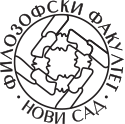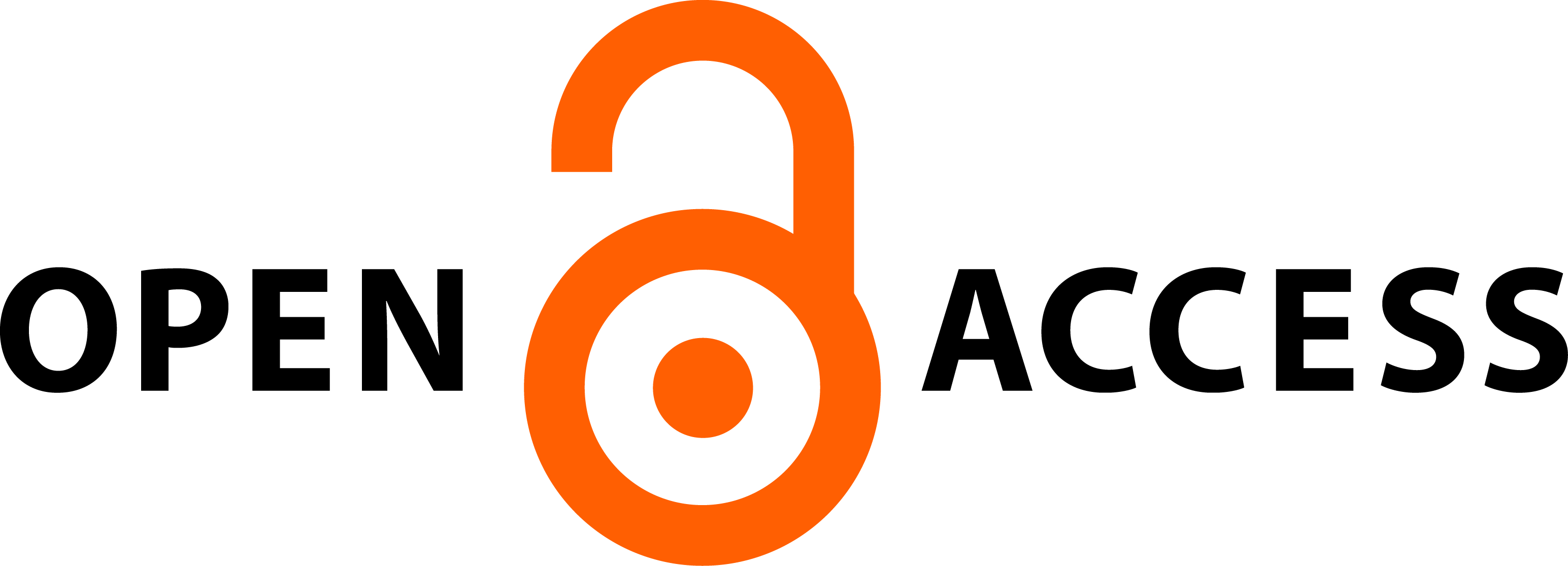A WEBOLDALAK SZEREPE A VIRTUÁLIS ISKOLAI NYELVI TÁJKÉPÉBEN
Absztrakt
A honlapok a virtuális tér meghatározó elemei, így fontos szerepük van az egyes oktatási intézmények imidzsének kialakításában is. Tanulmányunkban néhány szlovákiai és magyarországi alap- és középfokú, illetve felsőoktatási intézmény járványügyi helyzetre és online oktatásra vonatkozó virtuális tartalmait hasonlítjuk össze, emellett pedig figyelmet fordítunk a két- és többnyelvűség megjelenésének mértékére is. A nyelvi tájkép kutatásának több irányzata alakult ki az elmúlt évek során, melyek közül az egyik az iskolai (schoolscape), egy másik pedig (cyberscape) a virtuális vonatkozásokra fókuszál. Az egyes részterületek között azonban sok esetben átfedések mutatkoznak, így vizsgálatuk összekapcsolható. Az iskolai nyelvi tájkép jellemzőinek a virtuális vonatkozások természetesen csak egy kis részét képezik, hiszen az iskolában – mint a vizuális nyelvhasználat sajátos terében – minden olyan vizuális-nyelvi megnyilvánulás vizsgálható, amely ennek a térnek a kommunikációs elvárásait és igényeit tükrözi.
Hivatkozások
Bartha Csilla – Laihonen, Petteri – Szabó Tamás Péter. 2013. Nyelvi tájkép kisebbségben és többségben: Egy új kutatási területről. Pro Minoritate (3): 13–28.
Biró, Enikő. 2016. Learning Schoolscapes in a Minority Setting. Acta Universitatis Sapientiae, Philologica 8 (2): 109–121. DOI: 10.1515/ausp-2016-0021
Biró, Enikő. 2018. More Than a Facebook Share: Exploring Virtual Linguistic Landscape. Acta Universitatis Sapientiae, Philologica 10 (2): 181–192. DOI: 110.2478/ausp-2018-0022
Brown, D. Kara. 2012. The linguistic landscape of educational spaces: Language revitalization and schools in Southeastern Estonia. In Minority languages in the linguistic landscape. Eds. Gorter, Durk – Marten, Heiko F. – Van Mensel – Luk. 281–299. New York: Palgrave Macmillan.
Cenoz, Jasone – Gorter, Durk. 2006. Linguistic Landscape and Minority Languages. International Journal of Multilingualism 3 (1): 67–80.
Chesnut, Michael – Lee, Vivian – Schulte, Jenna. 2013. The language lessons around us: Undergraduate English pedagogy and linguistic landscape research. English Teaching: Practice and Critique 12 (2): 102–120.
Domonkosi Ágnes. 2016. Nyelvi ideológia és nyelvszemlélet a kísérleti magyar nyelvi tankönyvekben. Acta Academiae Agriensis: Sectio Linguistica Hungarica (43): 30–45.
Gorter, Durk. 2013. Linguistic Landscapes in a Multilingual World. Annual Review of Applied Linguistics (33): 190–212.
Gorter, Durk. 2017. A nyelvi tájkép tanulmányozása: bevezetés a tudományterületbe. Regio (3): 31–49.
Gorter, Durk. 2018. Linguistic landscape and trends in the study of schoolscapes. Linguistics and Education (44): 80–85.
Hancock, Andy. 2012. Capturing the Linguistic Landscape of Edinburgh: A pedagogical tool to investigate student teachers’ understandings of cultural and linguistic diversity. In Linguistic Landscapes, Multilingualism and Social Change. Eds. Hélot, Christine – Barni, Monica – Janssens, Rudi – Bagna, Carla. 249–266. Frankfurt am Main: Peter Lang.
Istók Béla – Lőrincz Gábor. 2020. A virolingvisztika részterületei. In 12th International Conference of J. Selye University: Language and Literacy Section. Ed. Simon, Szabolcs. 83–92. Komárno: Univerzita J. Selyeho. DOI: 10.36007/3761.2020.83
Ivkovic, Dejan – Lotherington, Heather. 2009. Multilingualism in cyberspace: conceptualising the virtual linguistic landscape. International Journal of Multilingualism 6 (1): 17–36.
Kolečáni Lenčová, Ivica. 2020. Linguistic Landscape and Reading Comprehension in Foreign Languages Teaching. AD ALTA: Journal of Interdisciplinary Research 10 (1): 160–164.
Laihonen, Petteri – Szabó, Tamás Péter. 2017. Investigating visual practices in educational settings: Schoolscapes, language ideologies and organizational cultures. In Researching Multilingualism: Critical and ethnographic perspectives. Eds.
M. Martin-Jones – D. Martin. 121–138. London – New York: Routledge. DOI: 10.4324/9781315405346
Lanstyák István. 2017. Nyelvi ideológiák (általános tudnivalók és fogalomtár). 2017. május 26-i verzió. http://web.unideb.hu/~tkis/li_nyelvideologiai_fogalomtar2.pdf (2018. dec. 12.)
Lőrincz Gábor. 2020a. Nyelvi tévhitek megjelenése különböző tankönyvvariánsok- ban. In A nyelv perspektívája az oktatásban. Szerk. Ludányi Zsófia – Jánk István – Domonkosi Ágnes. 225–242. Eger: Líceum Kiadó.
Lőrincz Gábor. 2020b. Fordított tankönyvek a kisebbségi iskolai nyelvi tájképben. In Tankönyvkutatás – fordított tankönyvek – kétnyelvűség: A Variológiai Kutatócsoport 9. nemzetközi tankönyvkutató szimpóziumának tanulmányai. Szerk. Istók Béla – Lőrincz Gábor – Lőrincz Julianna – Simon Szabolcs. 75–98. Komárom: Selye János Egyetem.
Muth, Sebastian. 2016. Street Art as Commercial Discourse: Commercialization and a New Typology of Signs in the Cityscape of Chisinau and Minsk. In Negotiating and Contesting Identities in Linguistic Landscapes. Eds. Blackwood, Robert – Lanza, Elizabeth – Woldemariam, Hirut. 19–36. London: Bloomsbury Academic.
Pappenhagen, Ruth – Scarvaglieri, Claudio – Redder, Angelica. 2016. Expanding the linguistic landscape scenery?: Action theory and ʼLinguistic Soundscapingʼ. In Negotiating and Contesting Identities in Linguistic Landscapes. Eds. Blackwood, Robert – Lanza, Elizabeth – Woldemariam, Hirut. 147–162. London: Bloomsbury Academic.
Rose-Redwood, Reuben – Alderman, Derek – Azaryahu, Maoz. 2018. The Urban Streetscape as political cosmos. In The Political Life of Urban Streetscapes: Naming, Politics, and Plac. Eds. Rose-Redwood, Reuben – Alderman, Derek – Azaryahu, Maoz. 1–24. London – New York: Routledge.
Rozenholc, Caroline. 2010. The neighborhood of Florentin: A window to the globalization of Tel Aviv. Journal of Urban and Regional Analysis 2 (2): 81–95.
Szabó, Tamás Péter. 2015. The management of diversity in schoolscapes: an analysis of Hungarian practices. Apples: Journal of Applied Language Studies (1): 23–51. http://apples.jyu.fi/ArticleFile/download/554 (2020. jan. 4.)
Tódor Erika-Mária. 2014. Hogyan hívogat az iskola?: Vizuális nyelvhasználat az iskolában. Magiszter (3): 40–51.
Tódor Erika-Mária. 2019. Hétköznapi kétnyelvűség: Nyelvhasználat, iskolai nyelvi tájkép és nyelvi én a romániai magyar iskolákban. Budapest: Szépirodalmi Figyelő Alapítvány.
Tóth Etelka. 2018. A honlap mint nyelvi tájkép. In Nyelvi tájkép, nyelvi sokszínűség II. Nyelvhasználati terek és nyelvi sokszínűség. Szerk. Tódor Erika-Mária – Tankó Enikő – Dégi Zsuzsanna. 53–63. Kolozsvár: Scientia Kiadó.
Troyer, Robert A. 2012. English in the Thai linguistic netscape. World Englishes 31 (1): 93–112.
Van Mensel, Luk – Vandenbroucke, Mieke – Blackwood, Robert. 2016. Linguistic Landscapes. In Oxford Handbook of Language and Society. Eds. García, Ofelia – Flores, Nelson – Spotti, Massimiliano. 423–449. Oxford: Oxford University Press.








